The Routes of the Frankopans
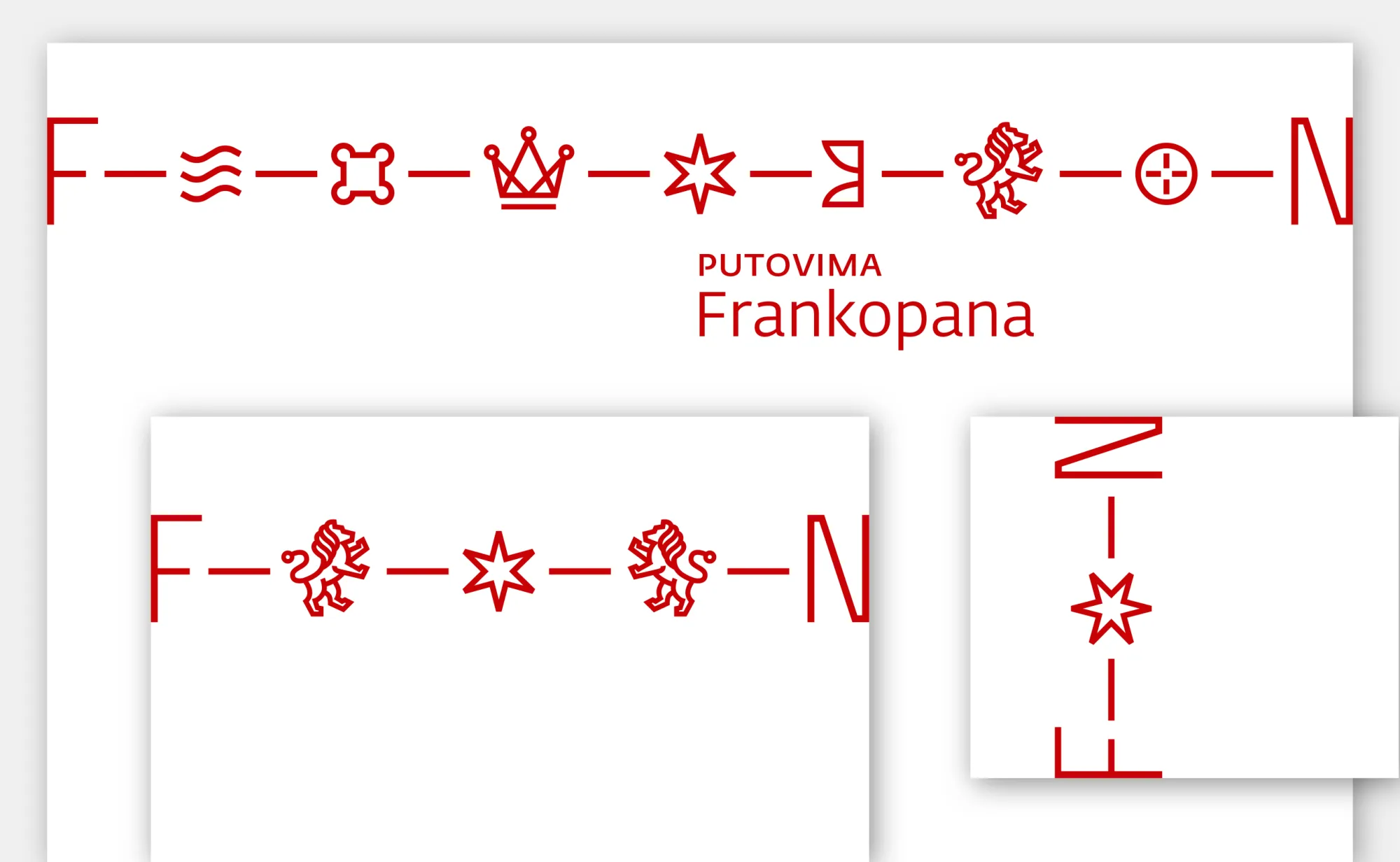

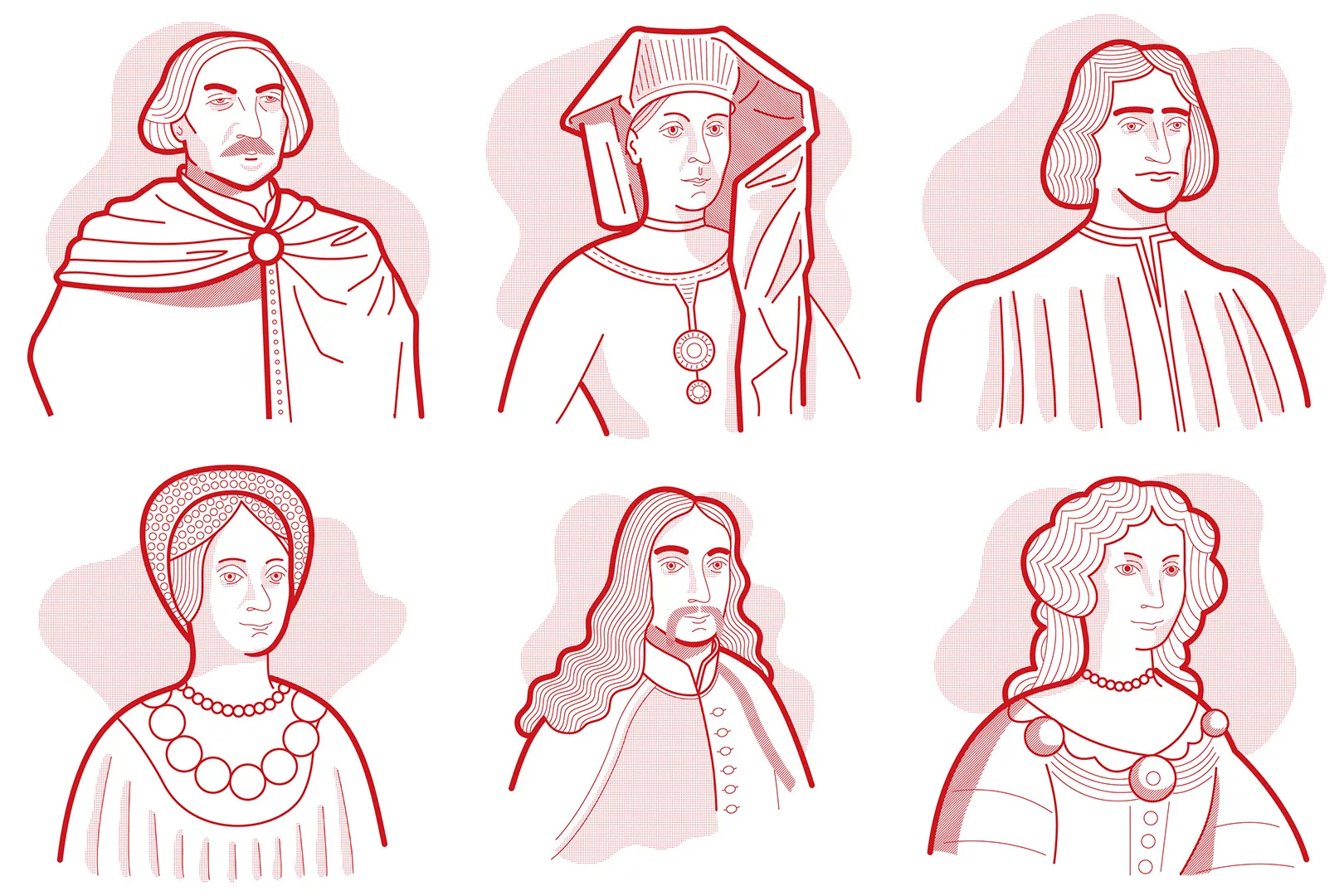
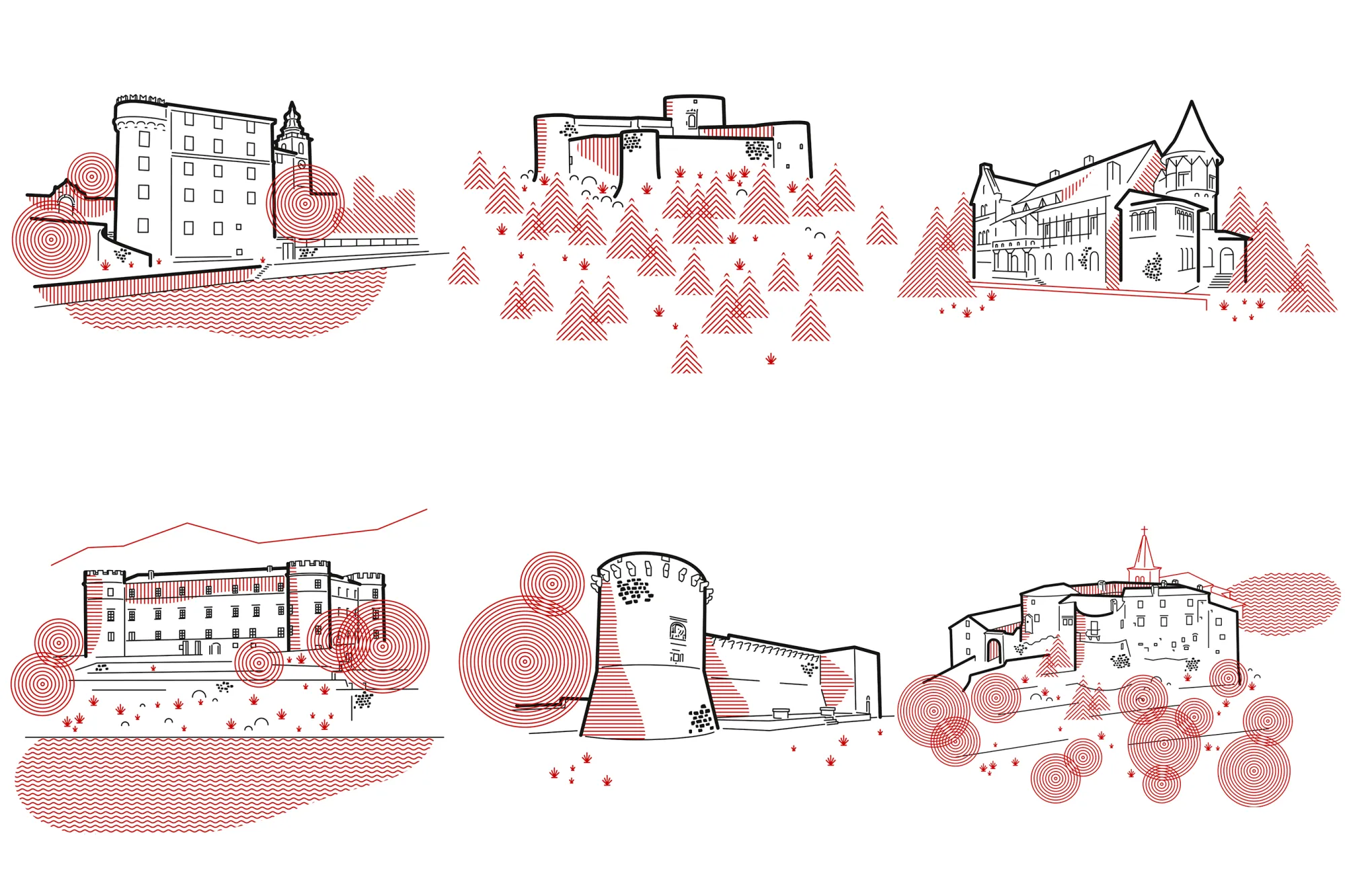
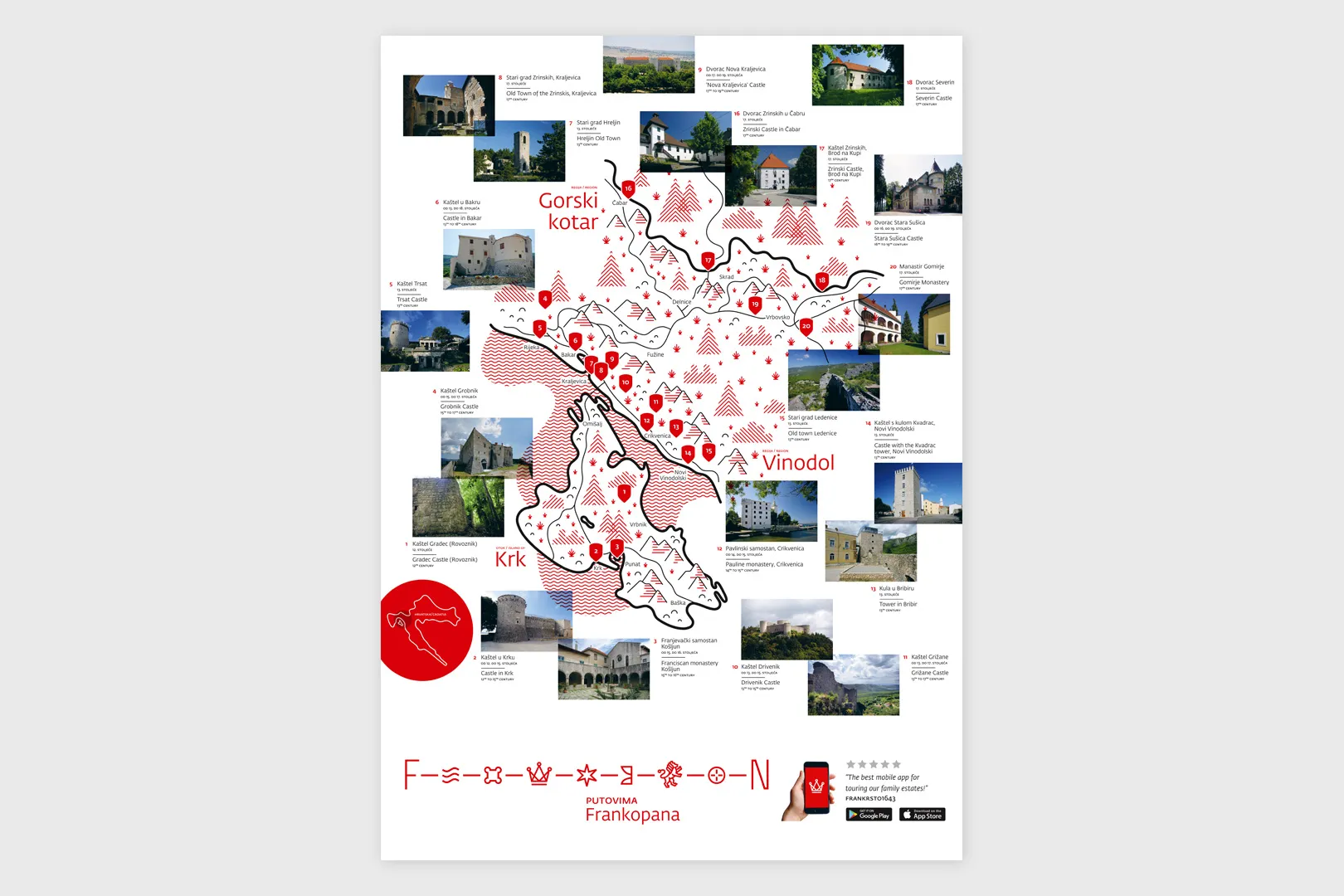

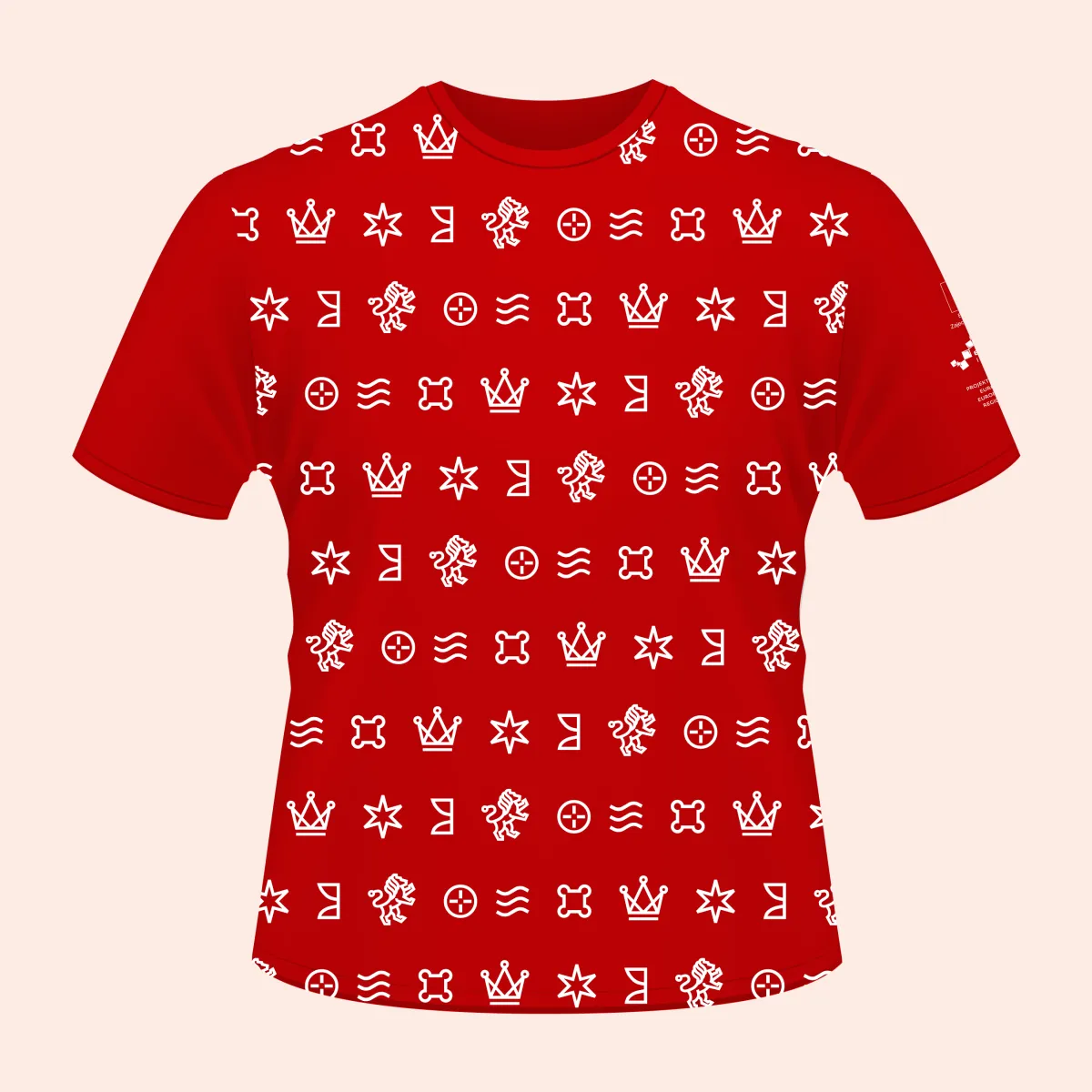

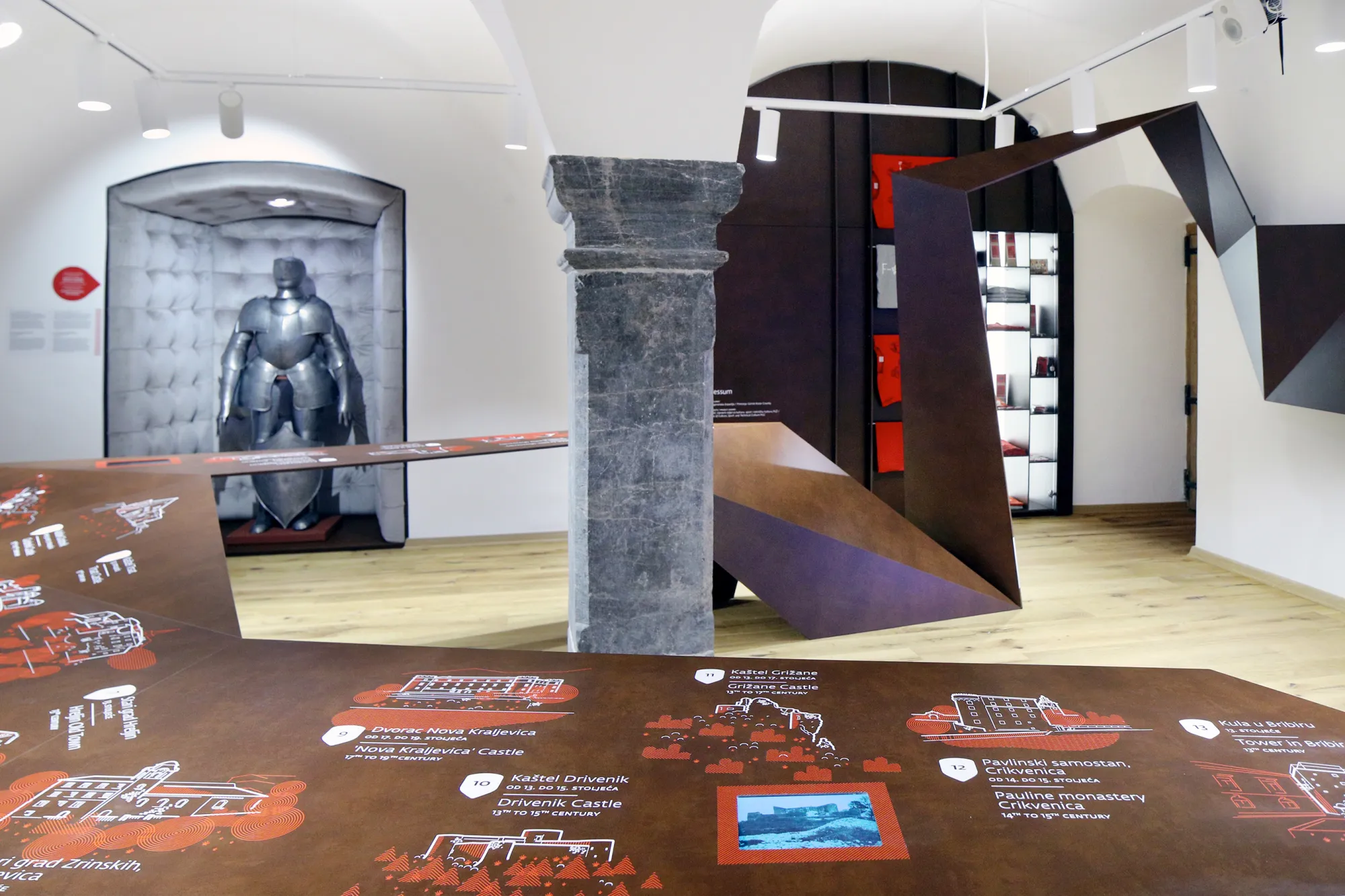


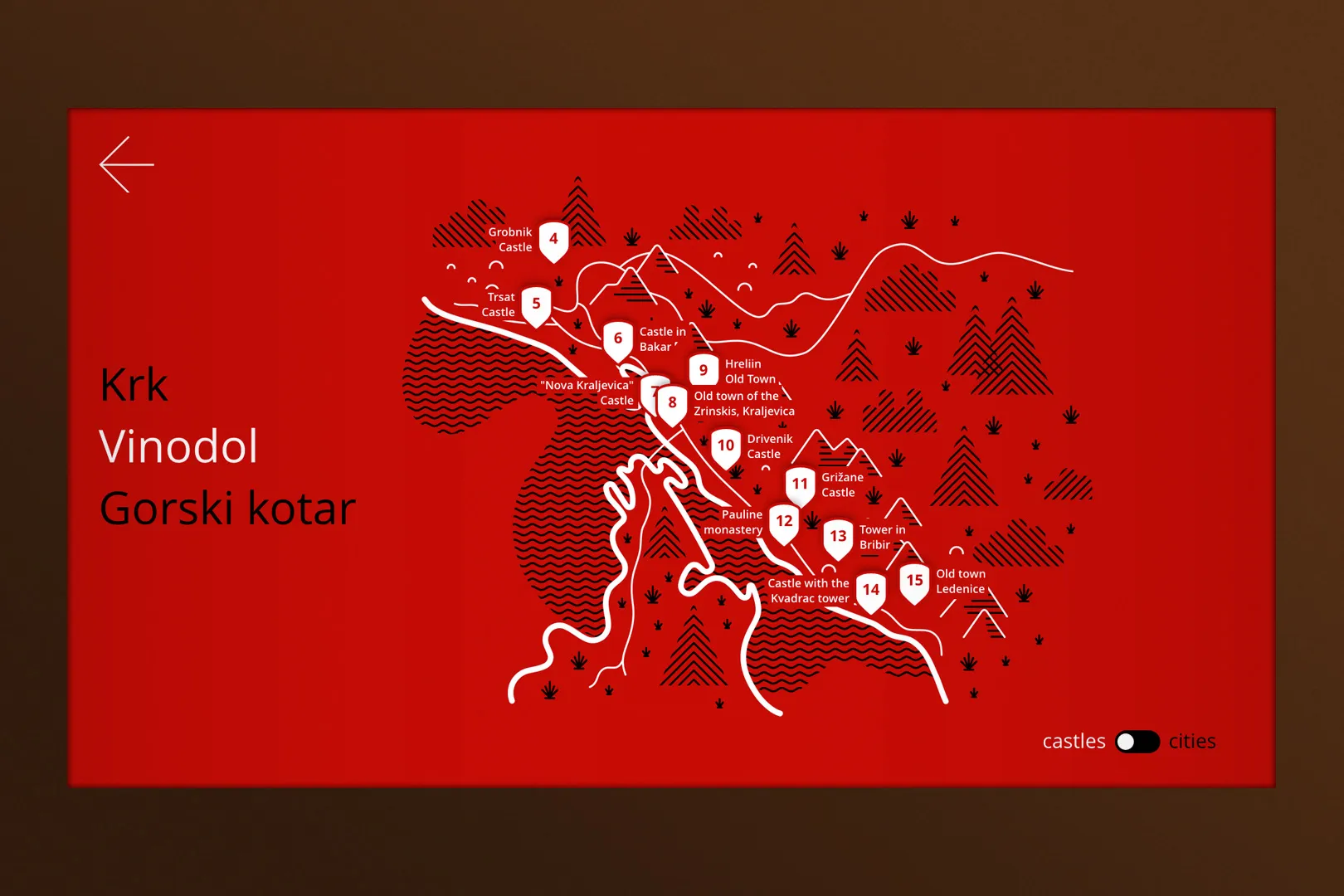

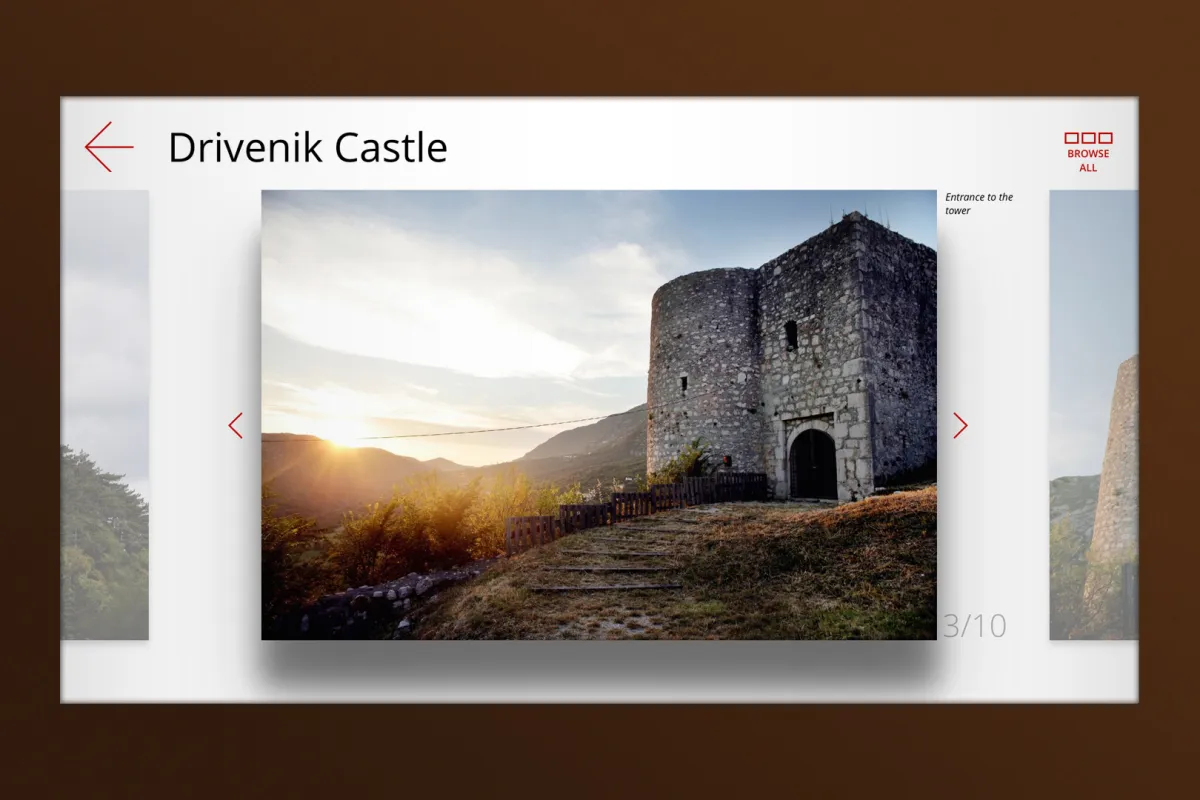

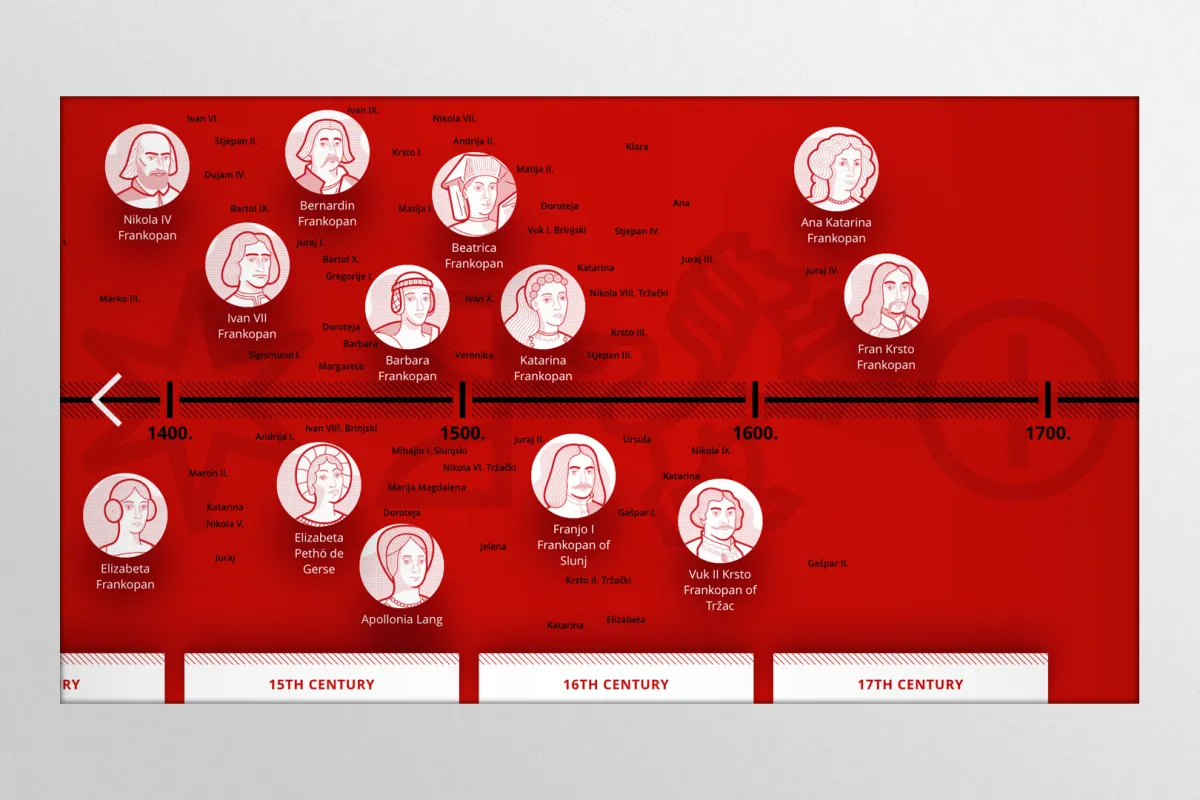
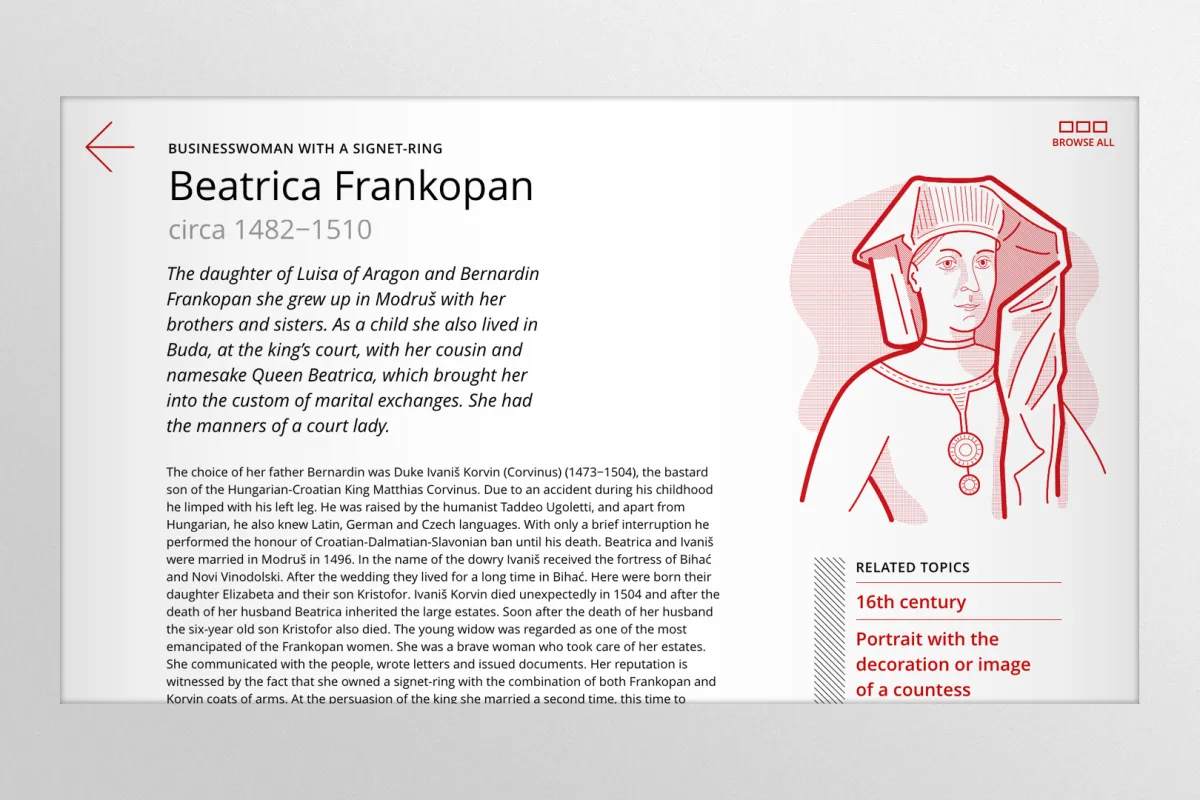
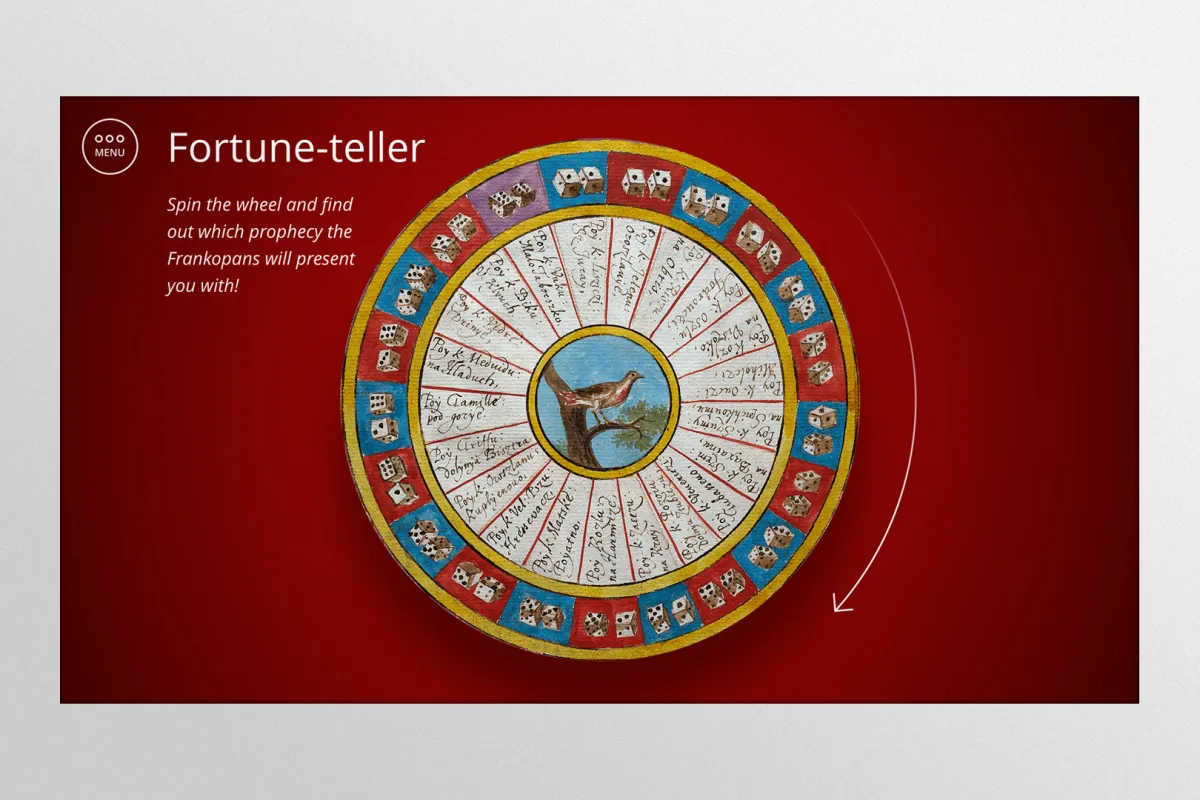
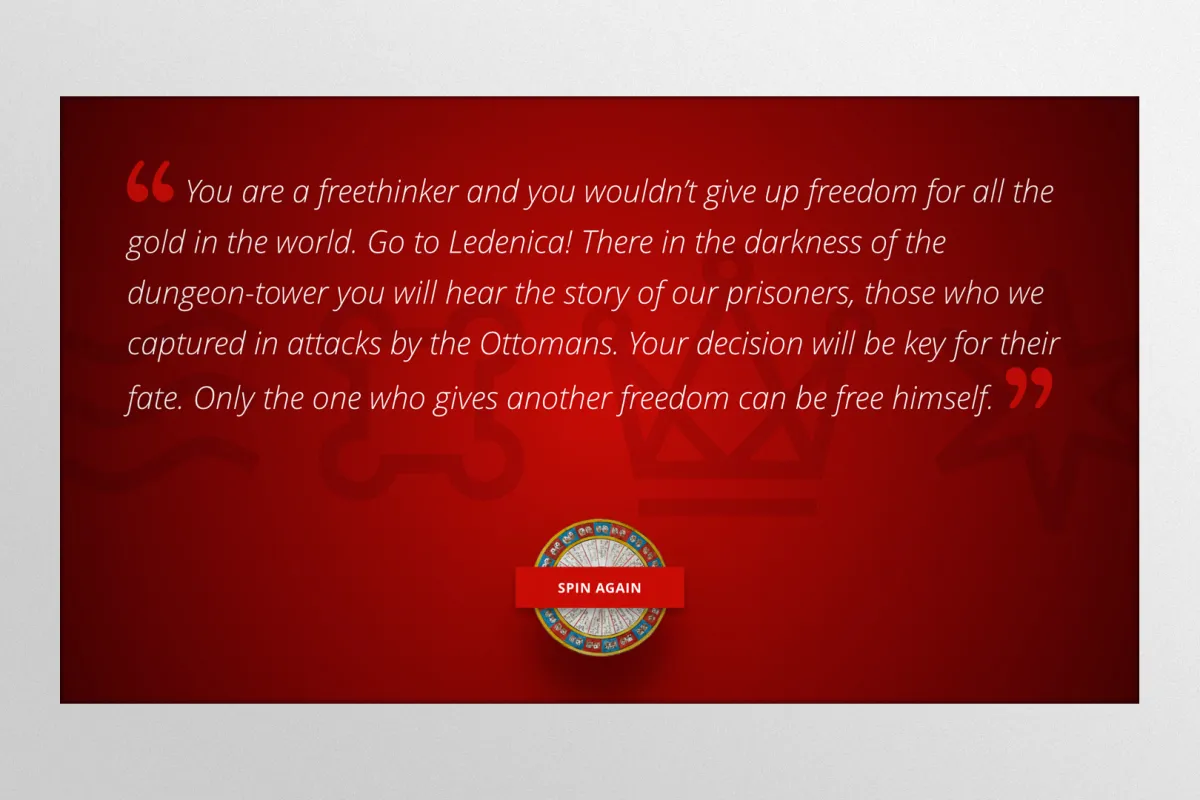

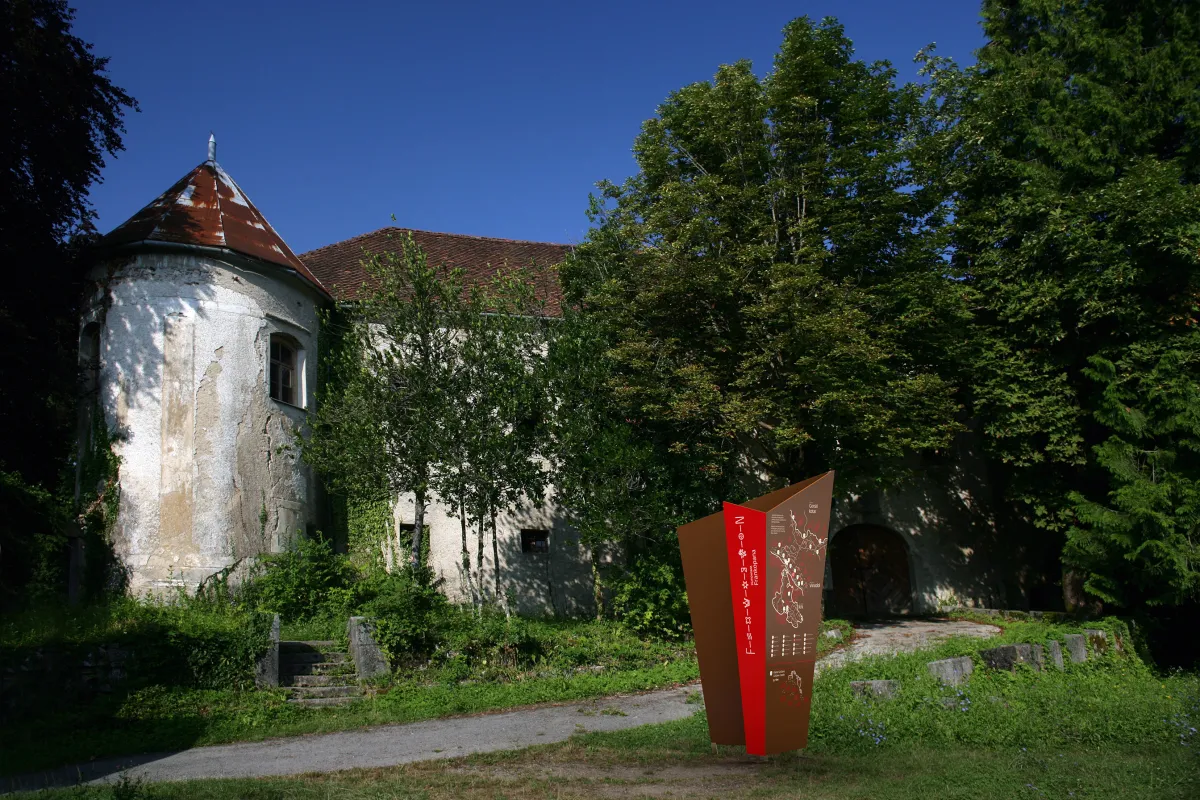
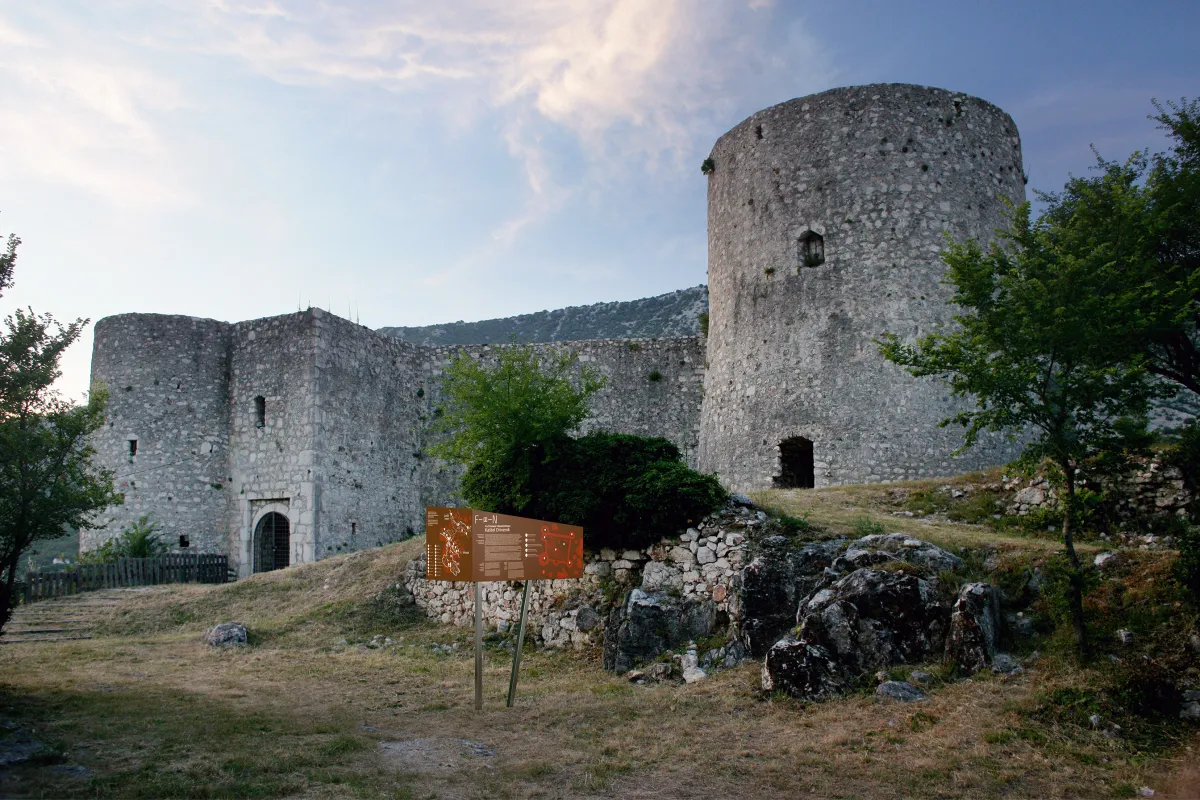
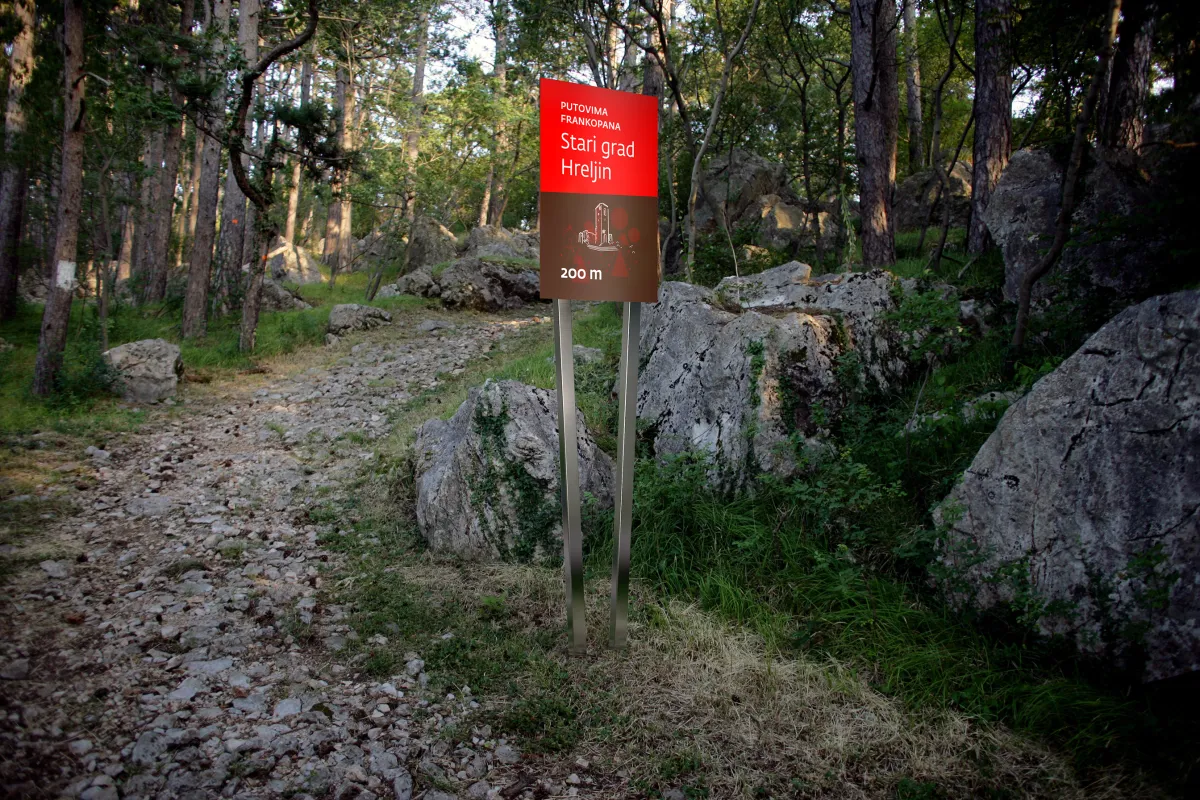
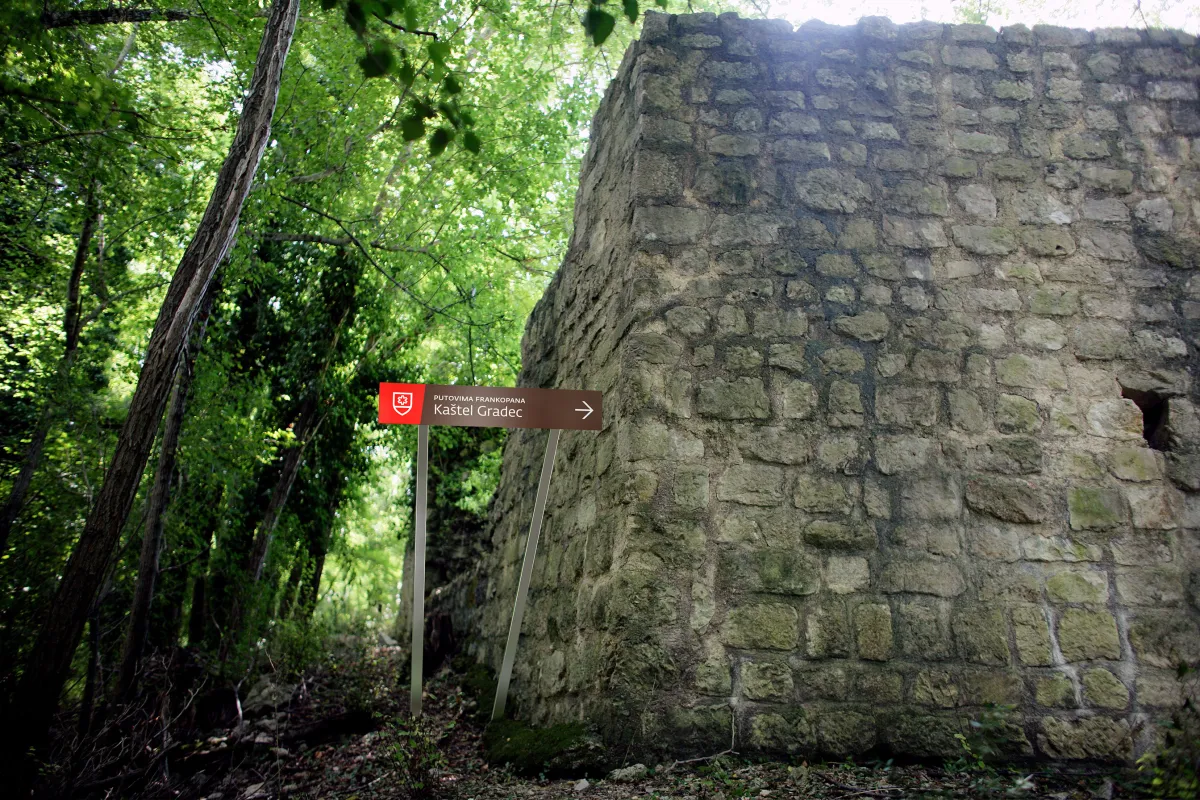
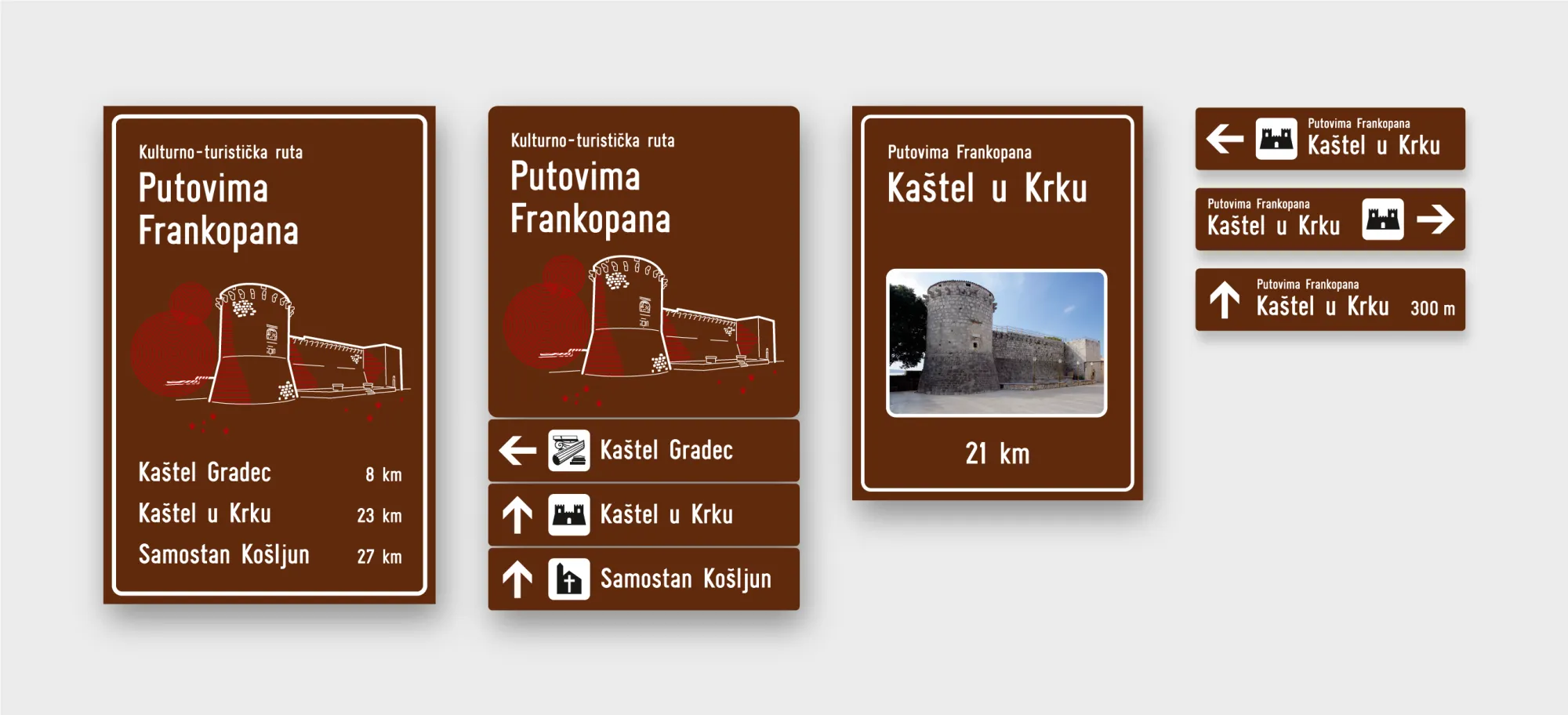

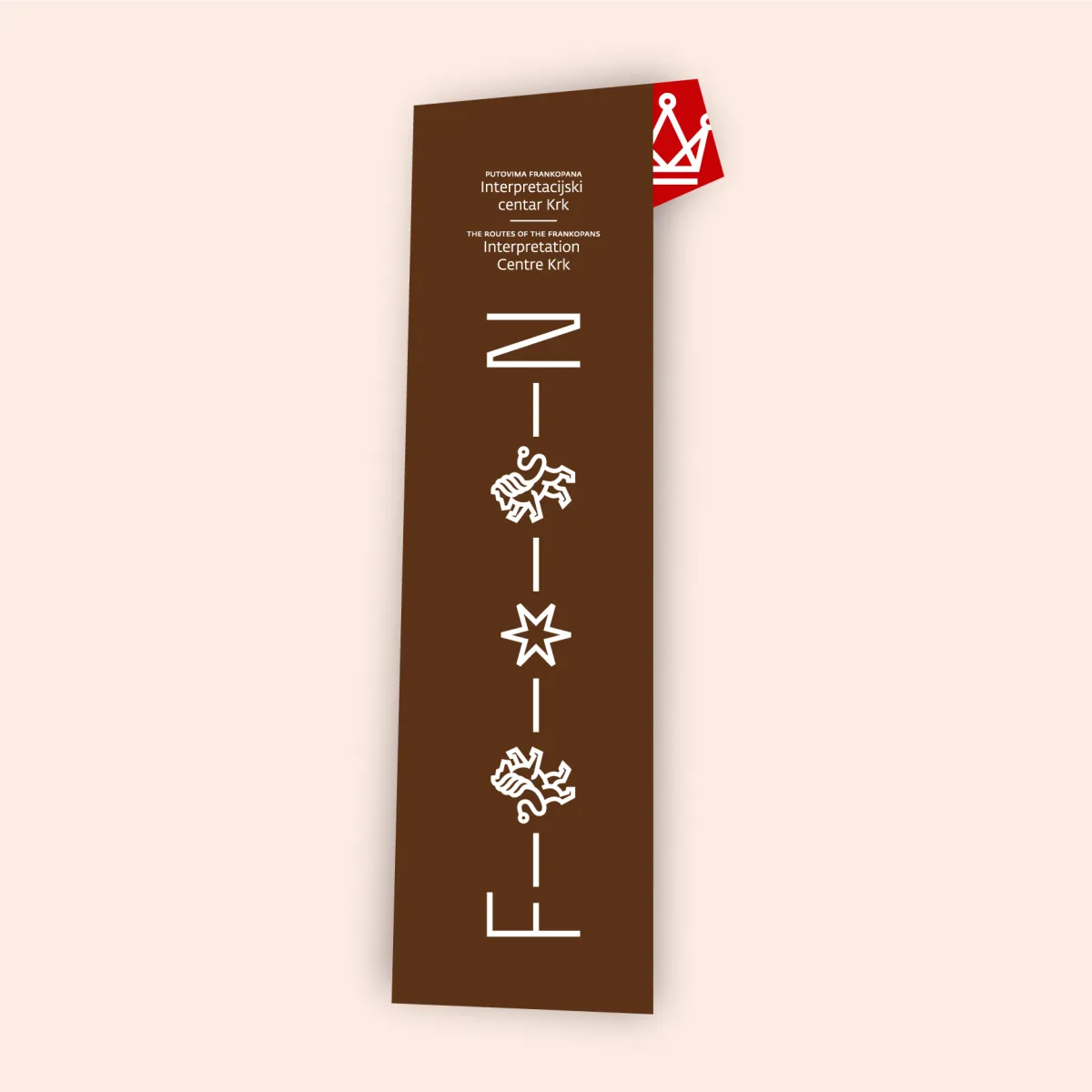
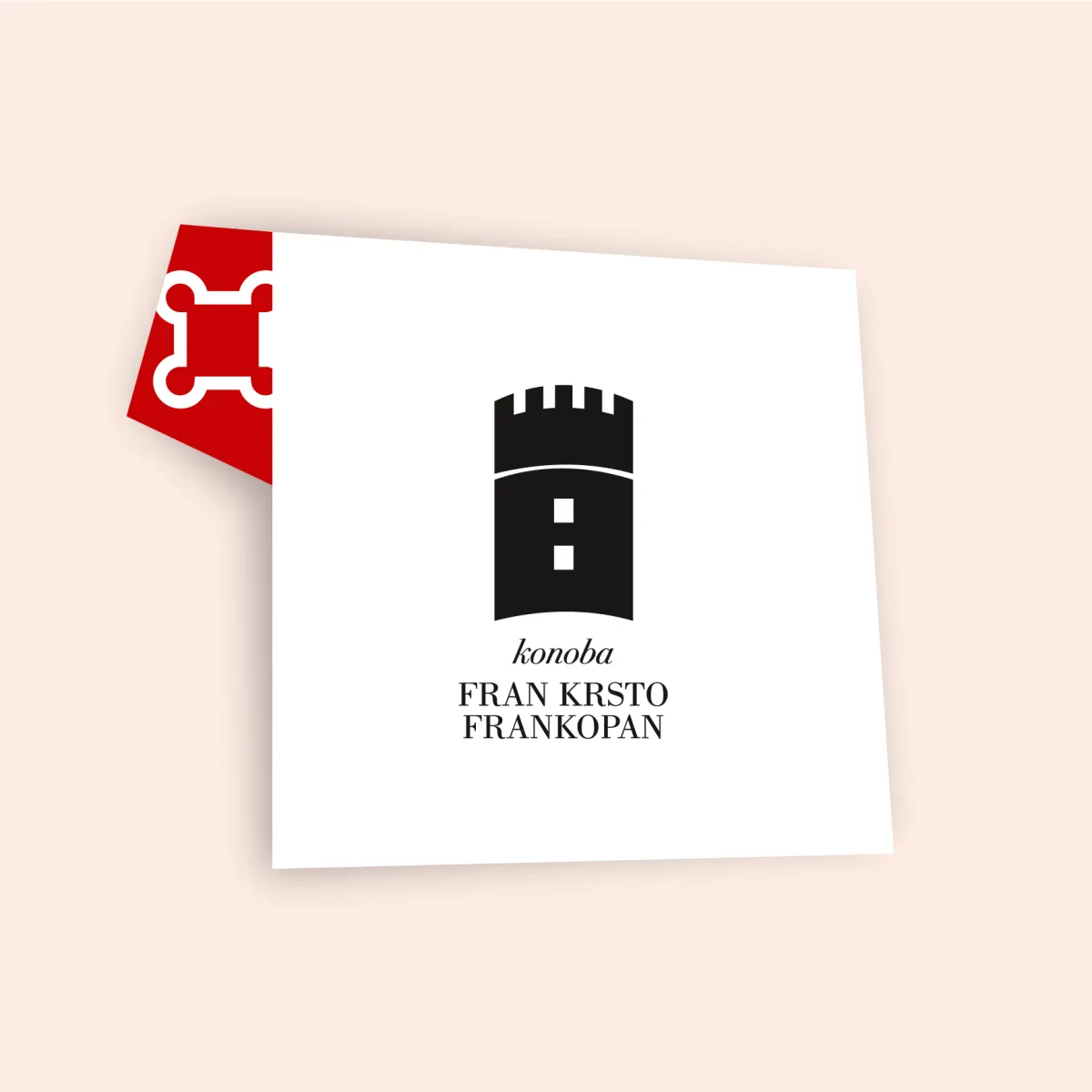
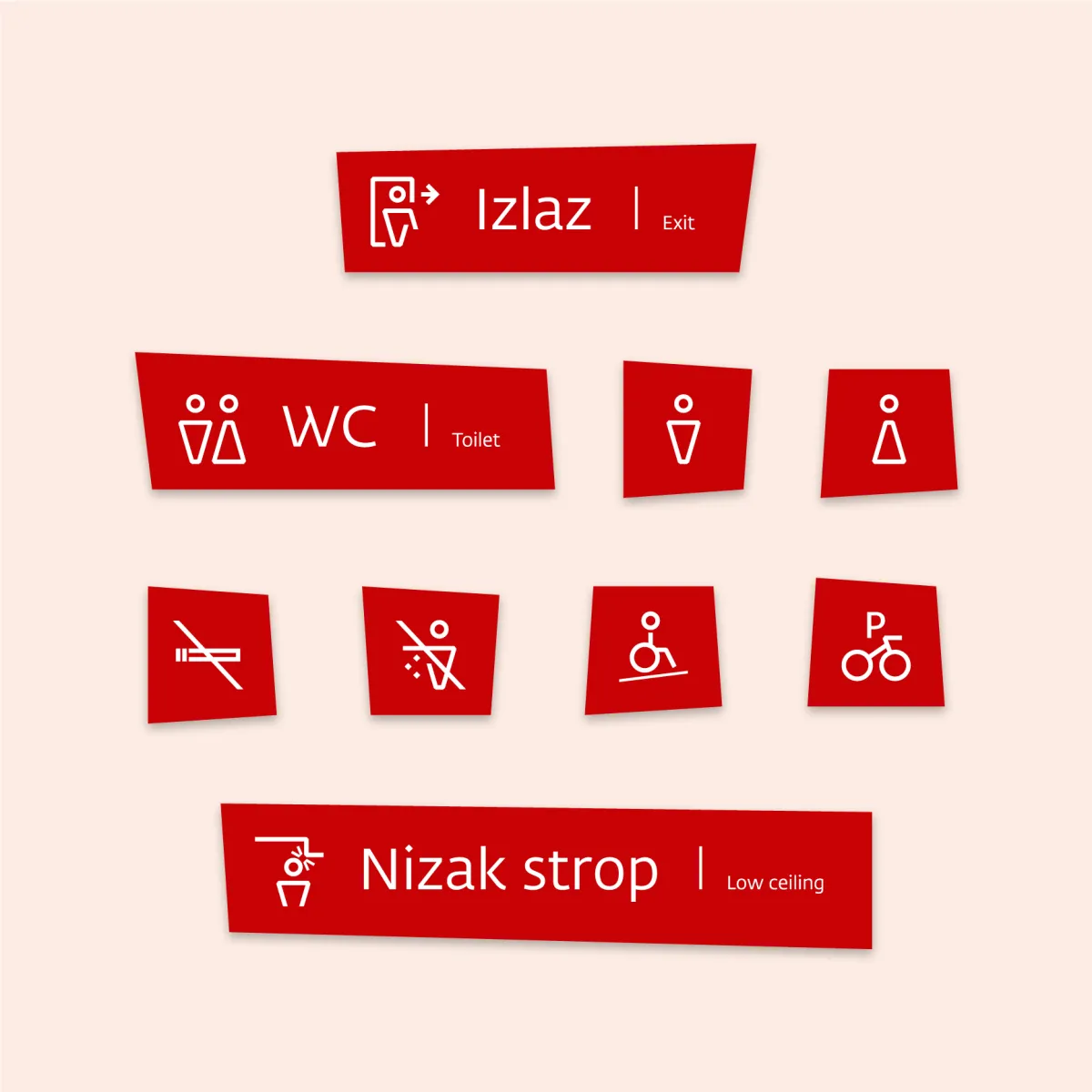
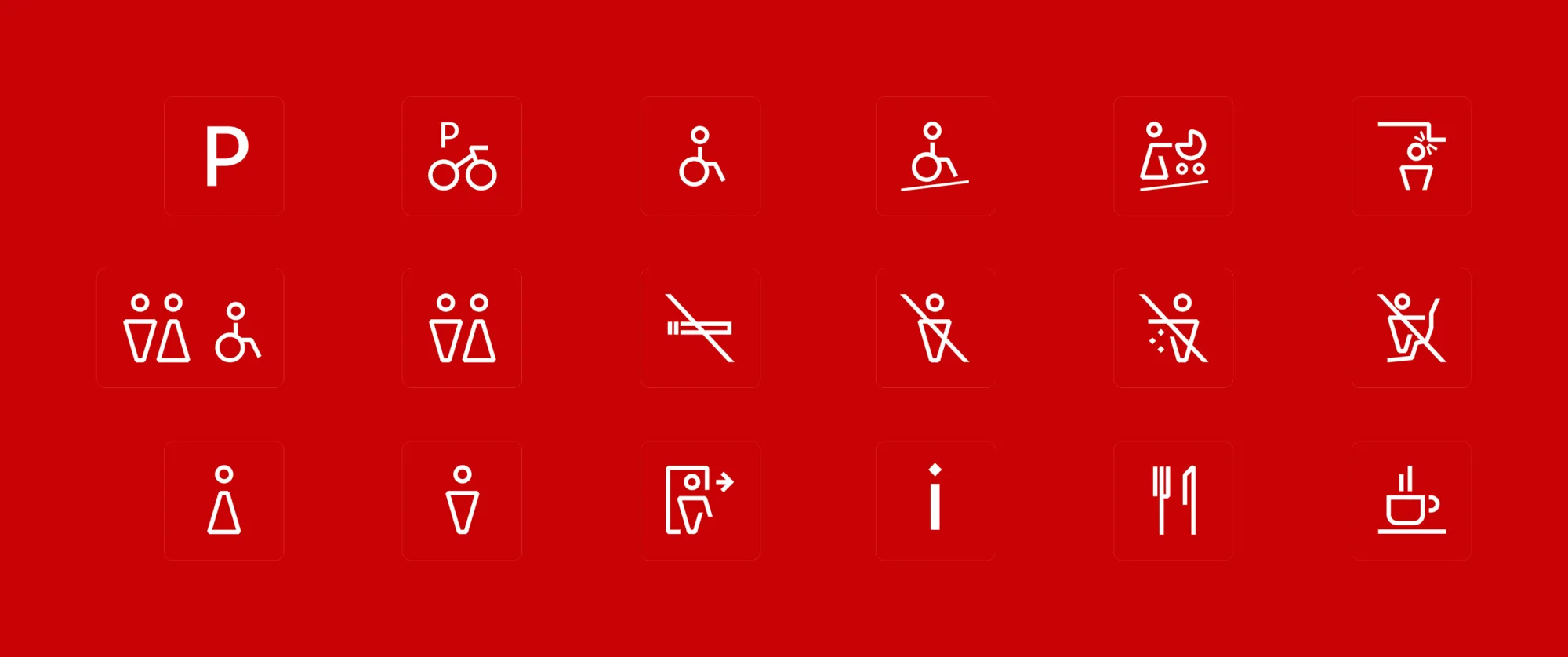






























We've built a flexible visual identity system with pictograms derived from key facts from the family's legacy and used it to tell this fascinating story across a whole spectrum of media. With a specific yet modern feel, this visual identity can support the development of the project in various directions and serve as the focal point of the destination's branding strategy.
The visual identity reflects the central idea of the route — the idea of rich cultural heritage and exploration. It contains different pictograms that symbolize the Frankopan family identity — the lion from the family's second coat of arms, a Glagolitic alphabet letter typical for the Frankopan era, the crown as the symbol of reign, and so on. The system is flexible and responsive, which makes it work well in a range of media, including interactive applications.
In addition to designing the visual identity and over fifty illustrations specifically for this project, Filburg created visuals for historical characters whose images have been lost over the centuries, illustrated ancient castles and maps of relevant geographical areas, and worked on visitor and interpretation center exhibition design. This was done together with a multidisciplinary team of interpreters, museologists, architects, and video artists, interpreting large amounts of historical content and archival records gathered particularly for this project.
The central visitor center in Nova Kraljevica castle, as well as seven new interpretation centers on the route, contains numerous multimedia applications. These showcase everything from functional overviews of the route's locations and key characters to experiences such as a fortune-teller, a chat with a dormouse, an animated view of Virgin Mary's house being carried from Nazareth to Trsat in AR, a reconstruction of the Battle of Krbava Field, and many others. The challenge was to create user experiences that would work with a wide array of content designed for different age groups with various levels of computer literacy.
To connect and provide direction to all the points along the route, Filburg, together with a team of partners, designed a comprehensive system of signage – from road and pedestrian signage to interpretation and functional signs – with visual and product guidelines to follow. Each of the signage typologies carries its own principles as well as regulatory, conservational, and content demands, which made this project very challenging. Interpretation totems complement the interpretation centers' narratives while being the only such content at locations without an interpretation center.